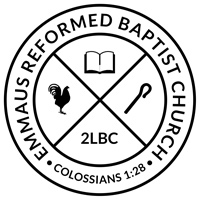Jun 13
18
I trust that all of you are well on your way to memorizing the Lord’s Prayer (Matthew 6:9-13) as I encouraged you to do last Sunday.
Have you noticed that, traditionally, the Lord’s Prayer is often recited with a longer ending which is not included in some modern Bible Translations (for example, the KJV, NKJV and NASB have it, while the ESV and NIV do not)? The longer ending goes like this: “…For Yours is the kingdom and the power and the glory forever. Amen.” (Matthew 6:13, NKJV)
The question is, why do some translations include this ending and others do not? I think the study notes from the NET Bible are helpful here:
“Most [manuscripts] read (though some with slight variation)… “for yours is the kingdom and the power and the glory forever, amen”… The reading without this sentence, though, is attested by generally better witnesses (manuscripts). The phrase was probably composed for the liturgy of the early church and most likely was based on 1 Chr 29:11-13; a scribe probably added the phrase at this point in the text for use in public scripture reading (see TCGNT 13-14). Both external and internal evidence argue for the shorter reading.
What does all that mean? Well, it is most likely that the shorter reading – the one without, “For Yours is the kingdom and the power and the glory forever. Amen.”, is the original. That said, I don’t think there is any harm in memorizing the longer version so long as we remember that the ending is likely from tradition and not from the gospel writer himself.
I hope that your time in prayer has been sweet this week.
Blessings,
Joe

